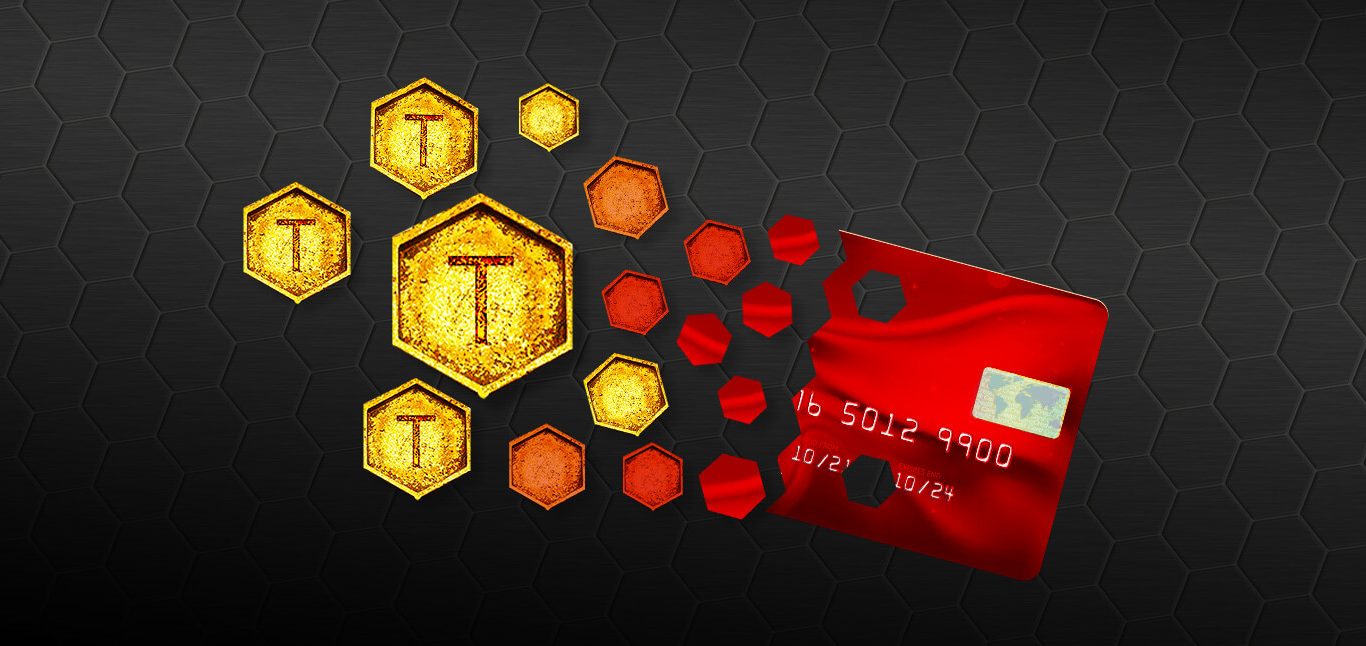Credit and debit cards are ubiquitous in modern payments processes. However, with great convenience comes great responsibility. Sensitive credit card information must be transmitted and stored securely to prevent it from being accessed by unauthorized parties. Tokenization is a popular method for achieving this level of card security. In this technical blog post, we’ll explain what tokenization is and how it contrasts with encryption, list five reasons why tokenization is important, and provide an example of how to tokenize card data in JavaScript.
What is tokenization and how does it contrast with encryption?
Tokenization is the process of replacing sensitive data, such as credit card numbers, with unique identification symbols or tokens. Tokens can be used to retrieve the original data when necessary. For example, when a customer makes a purchase online, their credit card number can be tokenized and stored on the server instead of the actual number. The token is then used to reference the original card number when processing transactions.
Tokenization is often compared to encryption, but there are important differences between the two. Encryption uses mathematical algorithms to scramble sensitive data, making it unreadable to anyone who doesn’t have the decryption key. Tokenization, on the other hand, replaces the sensitive data with a random string of characters, making it impossible to retrieve the original data without access to the tokenization system.
Five reasons why tokenization is important:
- Enhanced Security – Tokenization provides an additional layer of security beyond encryption. Even if an attacker is able to access a server with tokenized data, they will not be able to decipher the tokenized data without access to the tokenization system.
- Compliance – Tokenization helps businesses comply with industry standards and regulations such as PCI-DSS. PCI-DSS requires merchants to protect cardholder data, and tokenization can be used as a method of meeting this requirement.
- Reduced Liability – By tokenizing card data, businesses can significantly reduce their liability in the event of a data breach. Since tokenized data cannot be used to make fraudulent purchases, the risk of financial loss is greatly reduced.
- Customer Confidence – Tokenization can help increase customer confidence in a business’s security practices. Customers are more likely to trust businesses that take extra steps to protect their sensitive data.
- Operational Efficiency – Tokenization can help reduce the amount of sensitive data that businesses need to store and manage. This can lead to operational efficiencies and reduced costs associated with data storage and management.
Example of how to tokenize card data in JavaScript:
Here’s an example of how to tokenize credit card data using the braintree library in JavaScript:
const braintree = require(‘braintree’);
const gateway = new braintree.BraintreeGateway({
environment: braintree.Environment.Sandbox,
merchantId: ‘yourmerchantid’,
publicKey: ‘yourpublickey’,
privateKey: ‘yourprivatekey’
});
const creditCardData = {
number: ‘4111111111111111’,
expirationDate: ’10/2025’
};
gateway.paymentMethod.create({
customerId: ‘yourcustomerid’,
paymentMethodNonce: ‘yourpaymentmethod_nonce’,
options: {
verifyCard: true,
failOnDuplicatePaymentMethod: true
},
creditCard: creditCardData
}, function (err, result) {
if (result.success) {
console.log(‘Token: ‘, result.paymentMethod.token);
} else {
console.error(result.errors);
}
});
In this example, we first create a braintree gateway object and pass in the necessary credentials. We then define an object containing the credit card data that we want to tokenize, including the card number, expiration date, and CVV code.
Next, we generate a client token using the gateway.clientToken.generate() method. This token is used to authenticate the client making the payment request.
Finally, we use the gateway.paymentMethod.create() method to tokenize the credit card data. If the tokenization is successful, the payment method token is returned in the result.paymentMethod.token property, which can then be used to reference the original card data when processing transactions.
Related Articles
A beginner’s guide to Eversend
